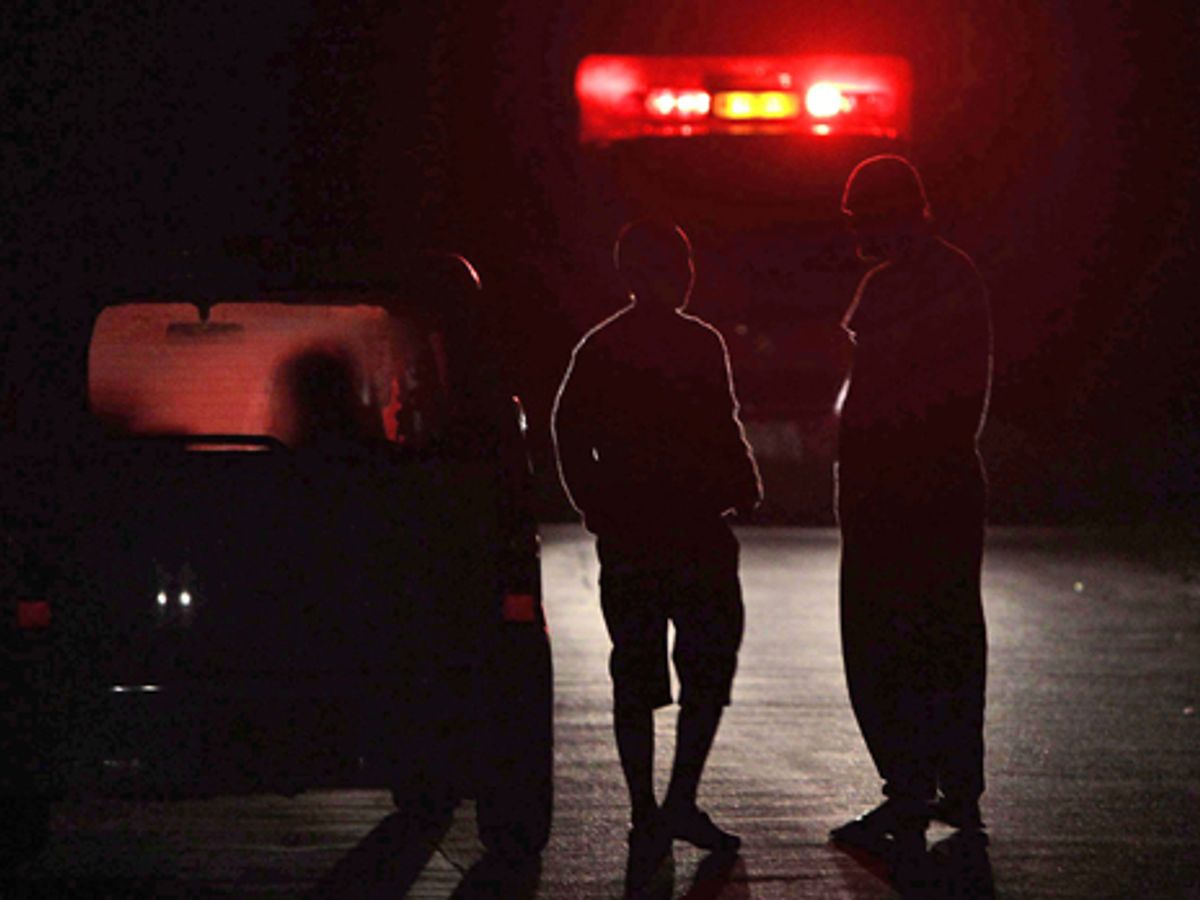Editor's Note: John Boyd is an IEEE Spectrum contributor reporting from Kawasaki, Japan. This is part of IEEE Spectrum's ongoing coverage of Japan's earthquake and nuclear emergency. For more details on how Fukushima Dai-1's nuclear reactors work and what has gone wrong so far, see our explainer.
The 7.1 magnitude aftershock that jolted northeastern Japan at 11:32 Thursday night knocked out electricity grid transformers and transmission lines, leaving more than 4 million households across several prefectures in the region without power at one point (though some of those homes were already without power because of the 11 March earthquake). In addition, three deaths and some 140 injuries have been reported.
Nevertheless, the crisis-hit Fukushima Dai-1 Nuclear Plant came through the ordeal without any further abnormalities reported. Tokyo Electric Power Co. (TEPCO) withdrew its workers from the plant as a precaution when the Japanese Meteorological Agency issued a tsunami warning, but the warning was lifted one hour and twenty minutes later, and the workers returned to carry out inspection for damage and signs of increased radiation levels. As of Friday evening TEPCO had reported no new problems or signs of increased radiation.
However, the International Atomic Energy Agency (IAEA), citing data supplied by Japan’s Nuclear and Industrial Safety Agency (NISA) said that the quake caused trouble at several other nuclear plants in the troubled northeast area.
- The Higashidori Nuclear Power Plant, which had been shut down for maintenance at the time of the latest aftershock, temporarily lost its off-site power feeds and was relying on emergency diesel generators to cool the spent fuel storage pool where all the reactor fuel rods were being kept.
- Tomari Nuclear Power Plant in Hokkaido, Japan’s northernmost island, had reactors Nos. 1 and 2 in operation when the quake struck; generating power has been reduced to 90 percent of capacity.
- Kyodo News reports that radioactive water spilled from a spent fuel pool at the Onagawa power plant during the quake.
- The Rokkasho Reprocessing Plant lost outside power and was relying on emergency diesel generators until power from the electric grid could be restored.
At Fukushima, workers continue to inject nitrogen gas into the containment vessel of the No. 1 reactor, according to TEPCO. The company also expects to finish discharging into the ocean today the last 300 of 8000 metric tons of low-level radioactive water from the wastewater treatment facility. The discharge is to make room for pumping in highly radioactive water pooled in the turbine basement and an external trench carrying cables and pipes for reactor No. 2. (The amount had previously been reported as 10 000 metric tons.)
The company will finish discharging a separate 1500 tons of low-level radioactive water from the sub-drainage pits into the ocean on Saturday, to prevent the water from seeping into the buildings of Units 5 and 6 and damaging vital equipment.
Separately, NHK, Japan's national broadcaster, says it has obtained a document showing data recorded at the three damaged reactors on 11 March, the day of the earthquake. TEPCO has so far only provided data beginning from 12 March. NHK says that as of 9:30 p.m. on 11 March, seven hours after the quake, the water level in the No. 1 reactor pressure vessel had fallen precipitously and was only 45 centimeters above the fuel rods, or about one-tenth of the normal volume of water, indicating that its cooling system had already been compromised. By comparison, the water levels in reactors Nos. 2 and 3 were four meters above the fuel rods, suggesting that their emergency cooling systems were still operating.
Professor Naoto Sekimura of the Department of Quantum Engineering and Systems Science at the University of Tokyo told NHK viewers that this loss of cooling water in the No. 1 reactor “must have led to the cladding being damaged, causing it to react with vapor and generate hydrogen gas.” He added that this was the likely reason for the hydrogen explosion the day after the quake. NHK says TEPCO responded to this by saying that the company is still investigating the matter.
Meanwhile, Wolfgang Weiss, chair of the UN Scientific Committee on the Effects of Radiation (UNSCEAR), speaking at a press briefing in Vienna yesterday, described the situation at the Fukushima plant as being worse than the Three Mile Island nuclear accident in the United States in 1979, but less serious than the Chernobyl catastrophe, which occurred in Ukraine when it was still part of the Soviet Union, in 1986.
The International Nuclear and Radiological Event Scale, a worldwide standard for rating radiation accidents, gives the Three Mile Island incident a rating of 5 for “Accident with Wider Consequences.” Chernobyl is rated highest, at 7 for “Major Accident.” Japan’s NISA originally rated the Fukushima nuclear plant accident at level 4, for “Accident with Local Consequences,” but raised this to level 5 mid-March as more problems arose and extended its impact.




